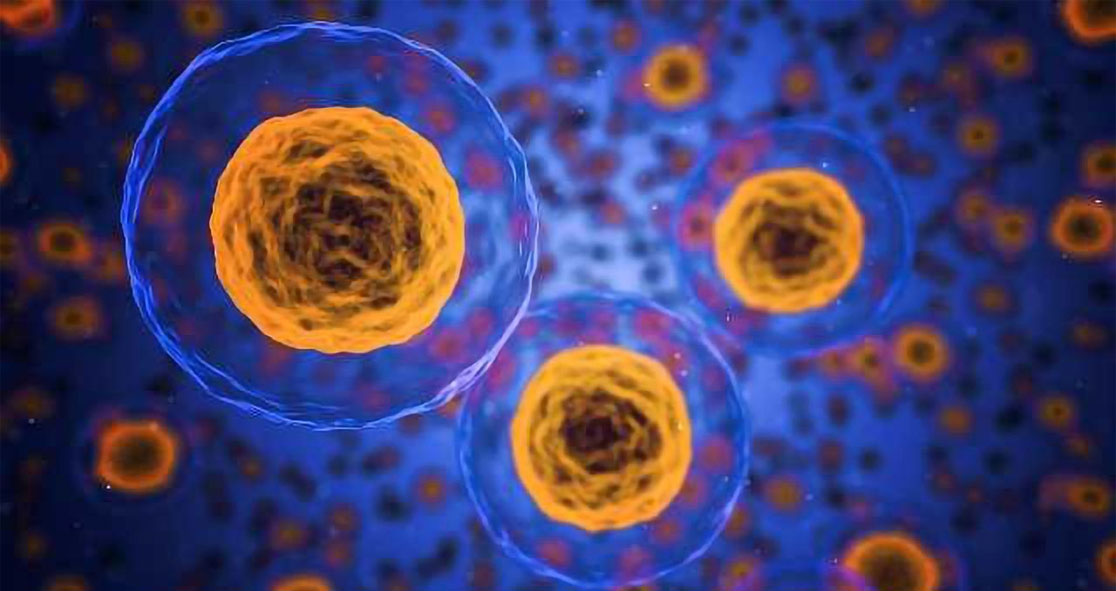A new study by researchers in the Department of Biomedical Engineering and the College of Medicine at Texas A&M University has identified the key role of minerals in regulating gene expression, thereby encouraging tissue restoration and regeneration, according to Science Daily.
Regeneration is a molecular process that regulates gene expression to control tissue renewal, restoration, and growth.
The study findings, published in Science Advances, pave the way for future research to identify the role of specific minerals and design the next generation of mineral medicine to heal tissue injury to damage.
Lead author Dr. Akhilesh Gaharwar and co-lead author Dr. Irtisha Singh introduced a new class of mineral-based nanoparticles called nanosilicates. With this nanoparticles, the researchers are able to determine the role of minerals in regulating gene expression profiles to direct stem cell differentiation.
Nanosilicates dissociate into individual minerals inside the cells and turn “on” a set of key genes that result in information flow throughout the cells, known as signaling pathways, according to Science Daily. These signaling pathways are responsible for instructing the cells to take on specific functions, such as converting into another type of cells or starting the healing process by secreting tissue-specific proteins known as extracellular matrix.
Further, these extracellular matrices are composed of proteins such as glycoproteins and proteoglycans, which can facilitate tissue healing and support tissue functions.
Lead authors of the study Anna Brokesh and Lauren Cross identify and characterize significant genes that are turned “on” and activated by different signaling pathways due to treatment with minerals.
Brokesh explained, “There are a lot of people who want to understand how minerals impact the human body, but there is limited evidence to identify how they affect us on the cellular level. Our study is one of the first studies to utilize unbiased transcriptome-wide sequencing to determine how mineral ions can direct stem cell fate.”
Dr. Gaharwar said the impact of this work is “far-reaching because understanding the effect of minerals to achieve desired regulation of cellular activity has a strong potential to open novel avenues for developing clinically relevant therapeutics for regenerative medicine, drug delivery, and immunomodulation.”
The article was published last week in Science Daily























